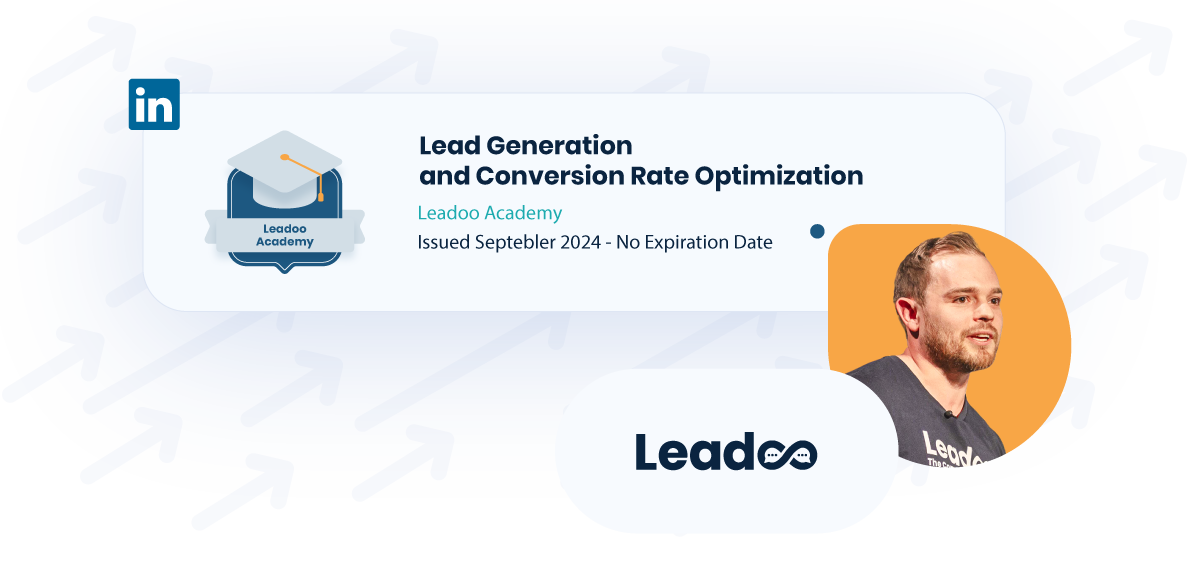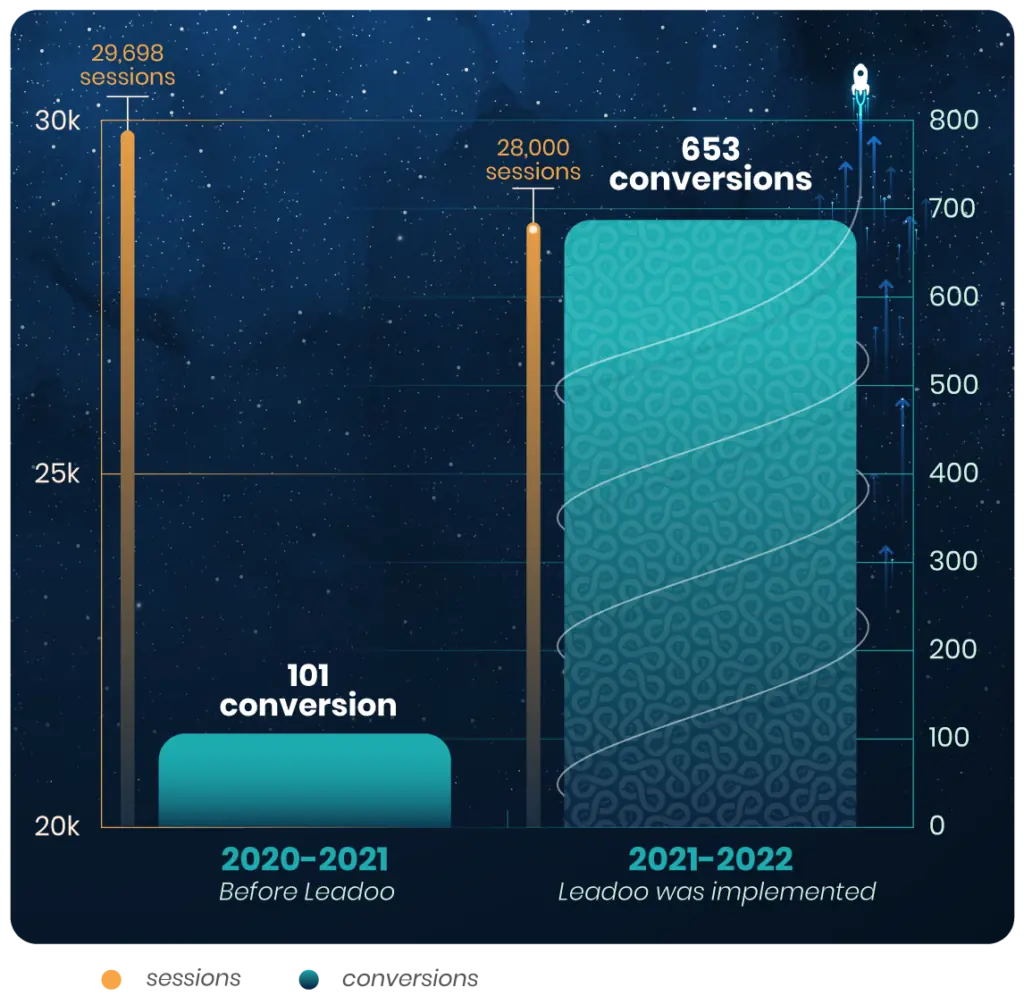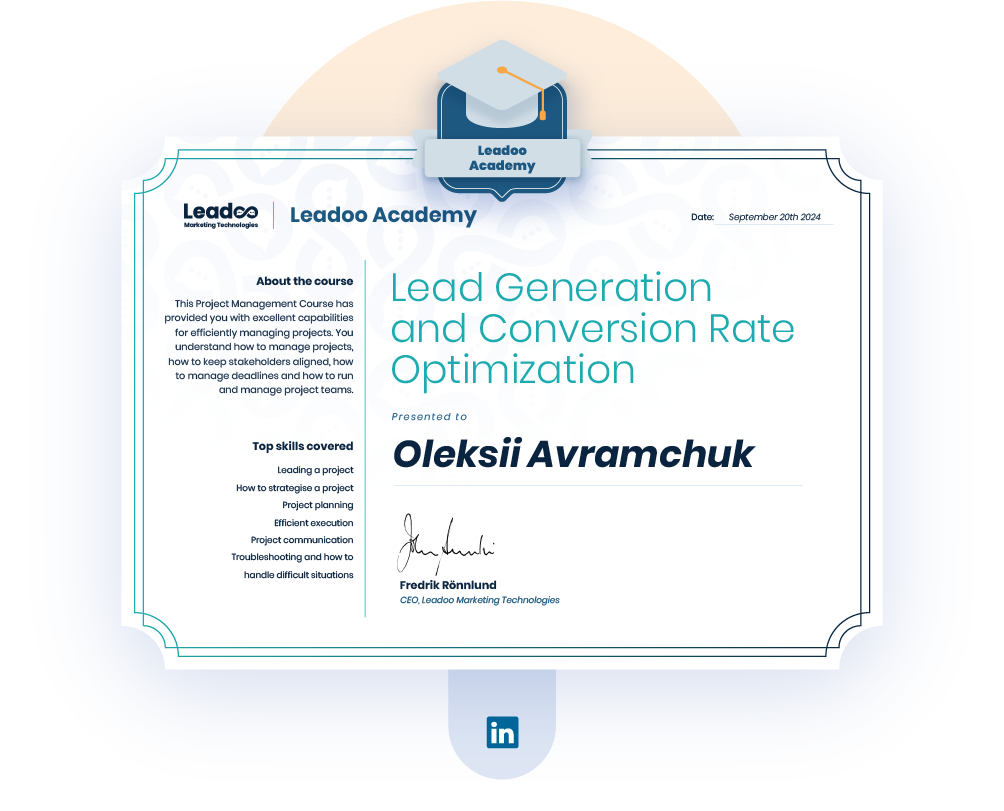Leadoo Academy
Free Lead Generation and Conversion Rate Optimization Course
Welcome to Leadoo Academy, where we empower you with the tools and knowledge to optimize conversions and generate leads like a pro. Our course is designed to provide you with an in-depth understanding of the strategies and techniques needed to turn your passive website traffic into active leads.
Why This Course?
In today’s digital landscape, improving your website’s conversion rate is one of the most efficient ways to grow your business. At Leadoo, we’ve perfected the art of conversion through engaging tools, personalized experiences, and actionable insights. Now, we’re sharing this knowledge with you through a comprehensive free course.

What You’ll Learn:
Conversion Rate Optimization (CRO) Strategies
Discover methods to boost your website’s conversion rate.
Lead Generation Techniques
.
Learn how to transform passive visitors into active leads.
User Engagement
.
Use tools like chatbots to create meaningful customer interactions.
Journey Mapping & Analytics
.
Understand user behavior and optimize their experience for better results.

